|
Hi! I am a Research Scientist at Netflix Eyeline Labs, and a Ph.D. candidate at University of Toronto advised by Igor Gilitschenski. I work on large-scale diffusion models and extending their capabilities to simulate the physical world well! : Work at Meta, Snap, and Georgia Tech.Until Feb 2025, I spent 8 months at Meta Reality Labs building Pippo - a 1K resolution multi-view diffusion model pre-trained on 3B human images and post-trained on 400M images from studio captures. Previously, I worked at Snap Research with Aliaksandr Siarohin for ~ 1.75 years (2021-23). My work SPAD was used in Snapchat's text-to-3D pipeline; and led two other projects: iNVS and INS. Before PhD, I was a Research Visitor at Georgia Tech with Devi Parikh and Dhruv Batra for two years (2019-21). There, I built a reasoning benchmark Housekeep for embodied AI agents; and trained couple of then-SoTA VLMs - SAM and ConCAT. I enjoy building useful things! :) |
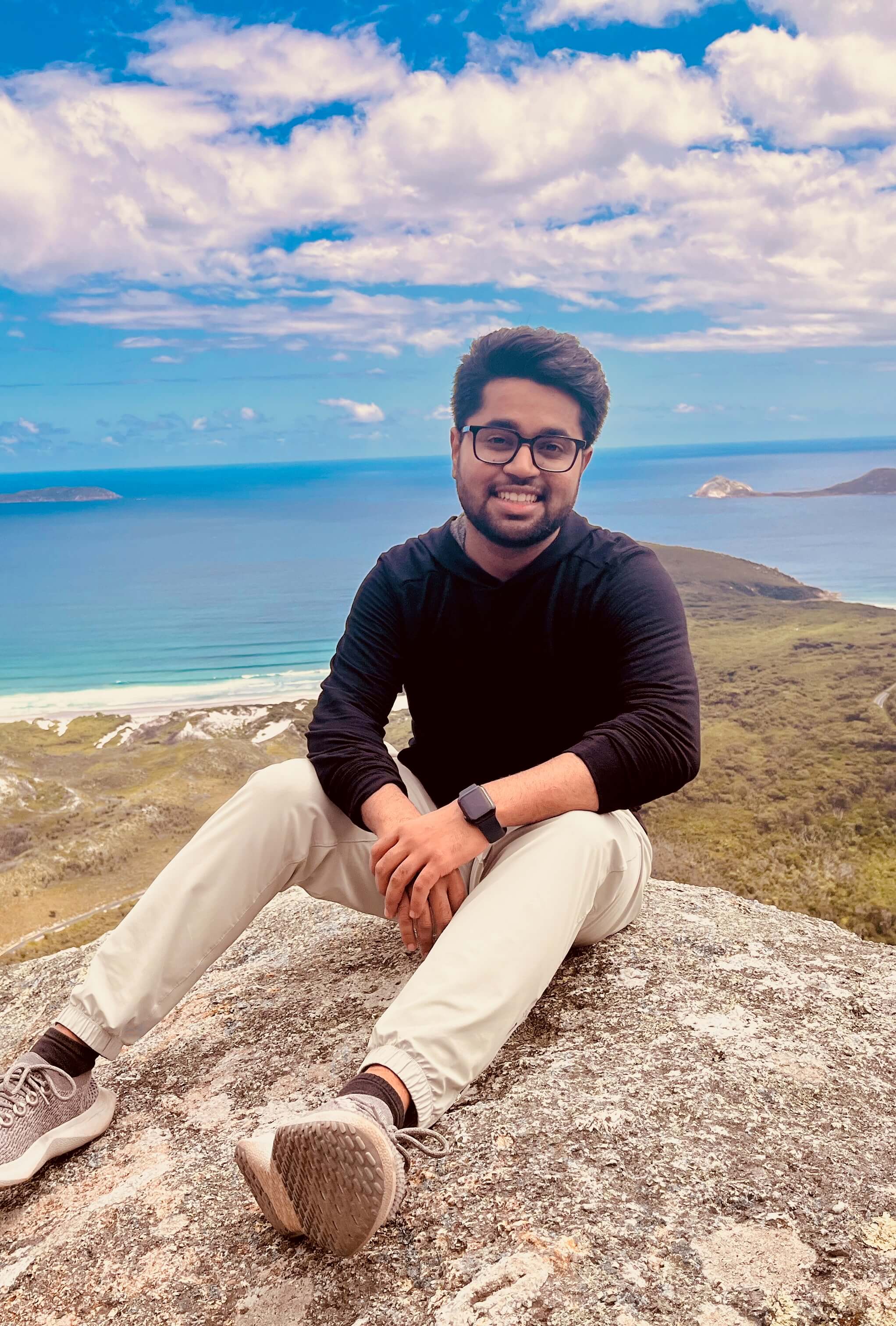
|
|
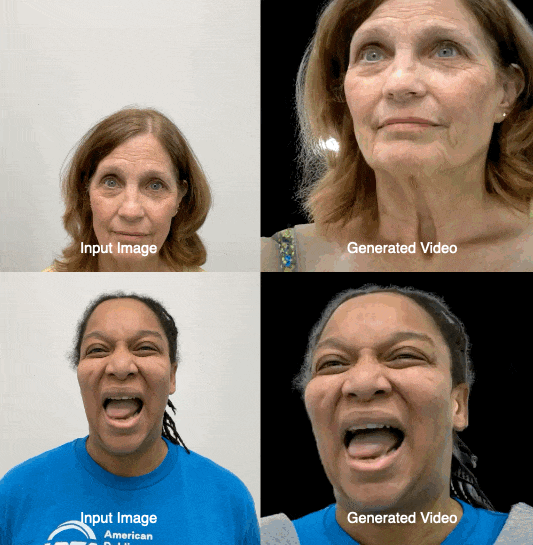
|
Yash Kant, Ethan Weber, Jin Kyu Kim, Rawal Khirodkar, Su Zhaoen, Julieta Martinez, Igor Gilitschenski*, Shunsuke Saito*, Timur Bagautdinov* CVPR, 2025 (Highlight) arXiv / code / project page / tweets [explainer & attention-biasing] We trained a high-resolution (1K) multi-view human generator on 3B human images and 2.5K studio captures! Pippo outperforms all previous multiview methods! :) |
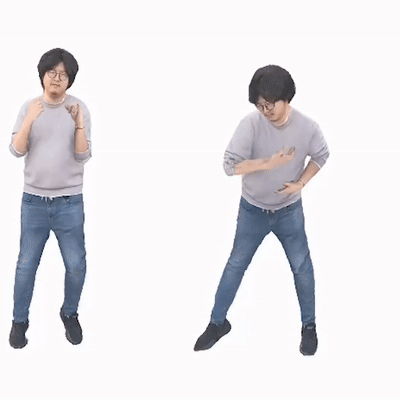
|
Chen Guo*, Junxuan Li*, Yash Kant, Yaser Sheikh, Shunsuke Saito, Chen Cao CVPR, 2025 arXiv / project page Vid2Avatar-Pro creates photorealistic and animatable 3D human avatars from monocular videos! |
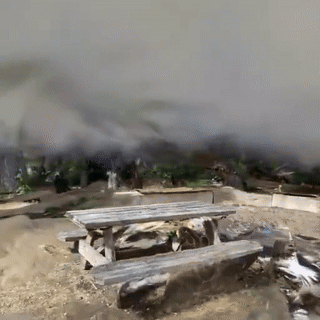
|
Ethan Weber, Norman Müller, Yash Kant, Vasu Agrawal, Michael Zollhöfer, Angjoo Kanazawa, Christian Richardt 3DV, 2026 arXiv / code / project page Fillerbuster auto-completes missing regions in casually captured shot with a multi-view diffusion model! |
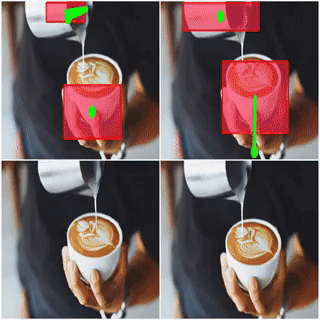
|
Koichi Namekata, Sherwin Bahmani , Ziyi Wu , Yash Kant , Igor Gilitschenski , David B. Lindell ICLR, 2025 arXiv / code / project page SG-I2V enables zero-shot image animations relying solely on the knowledge present in a pre-trained image-to-video diffusion model! |
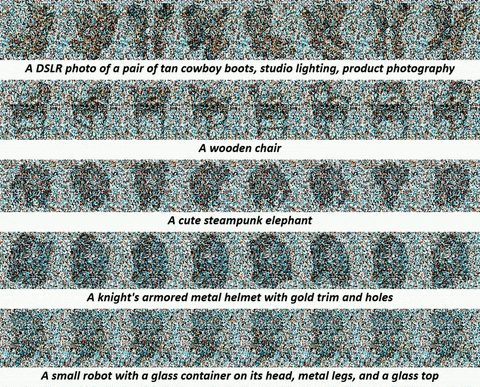
|
Yash Kant, Ziyi Wu, Michael Vasilkovsky, Gordon Qian, Jian Ren, Riza Alp Guler, Bernard Ghanem, Sergey Tulyakov*, Igor Gilitschenski*, Aliaksandr Siarohin* CVPR, 2024 arXiv / code / project page / news [hackernews] We trained a spatially aware multi-view diffusion model that can generate many consistent novel views in a single forward pass given a text prompt / image! SPAD outperforms MVDream and SyncDreamer, and enables generating 3D assets from text within 10 seconds! |
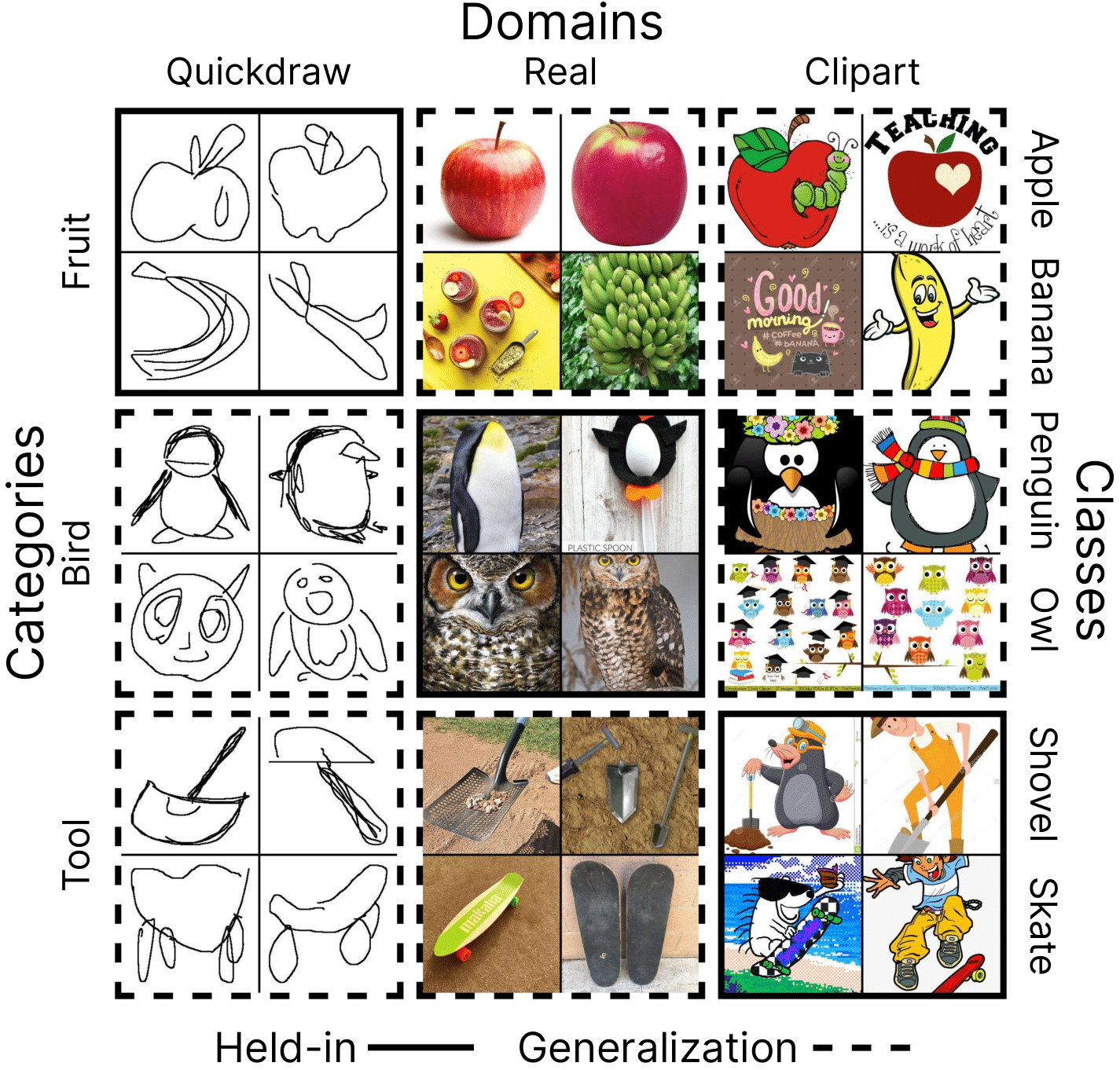
|
Derek Tam*, Yash Kant*, Brian Lester*, Igor Gilitschenski, Colin Raffel Under Submission arXiv / code We systematically evaluate several model merging methods within a unified experimental framework, focusing on compositional generalization. We explore the impact of scaling the number of merged models and sensitivity to hyper-parameters, offering a clear assessment of the current state of model merging techniques. |
|
Yash Kant, Aliaksandr Siarohin, Michael Vasilkovsky, Riza Alp Guler, Jian Ren, Sergey Tulyakov, Igor Gilitschenski SIGGRAPH Asia, 2023 arXiv / project page We perform novel view synthesis from a single image by repurposing Stable Diffusion inpainting model, and depth based 3D unprojection. We outperform baselines (such Zero-1-to-3) on PSNR and LPIPS metrics. Our 3D-aware inpainting model was trained on Objaverse on 96 A100 GPUs for two weeks! |
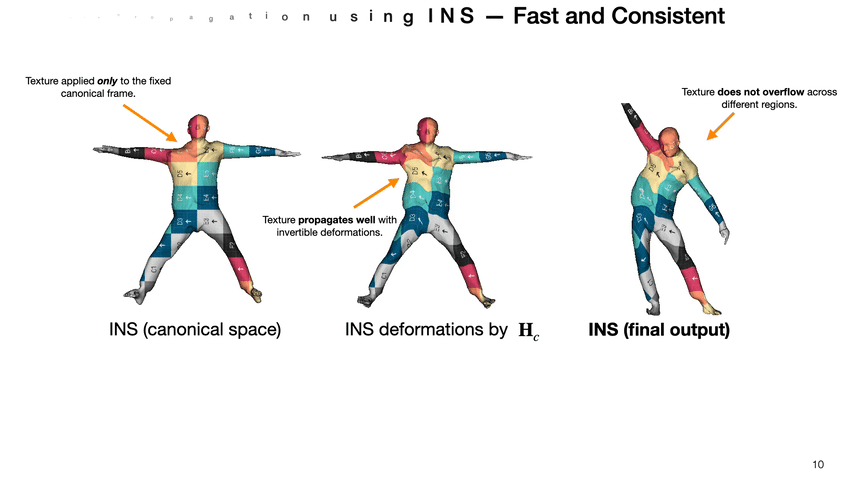
|
Yash Kant, Aliaksandr Siarohin, Riza Alp Guler, Menglei Chai, Jian Ren, Sergey Tulyakov, Igor Gilitschenski CVPR, 2023 arXiv / project page We propose an end-to-end invertible and learnable reposing pipeline that allows animating implicit surfaces with intricate pose-varying effects. We outperform the state-of-the-art reposing techniques on clothed humans while preserving surface correspondences and being order of magnitude faster! |
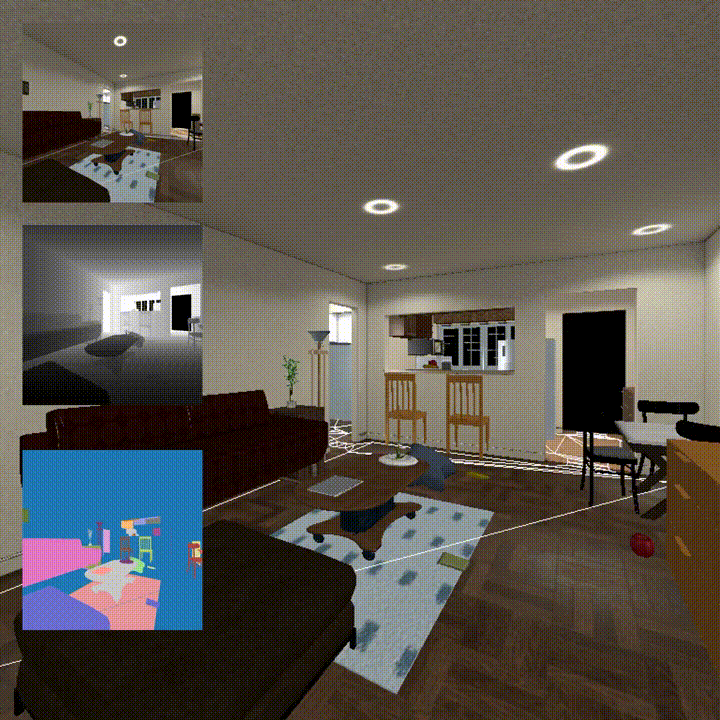
|
Yash Kant, Arun Ramachandran, Sriram Yenamandra, Igor Gilitschenski, Dhruv Batra, Andrew Szot*, and Harsh Agrawal* ECCV, 2022 arXiv / project page / code / colab / news [coc-gt, tech-org] Housekeep is a benchmark to evaluate commonsense reasoning in the home for embodied AI. Here, an embodied agent must tidy a house by rearranging misplaced objects without explicit instructions. To capture the rich diversity of real world scenarios, we support cluttering environments with ~1800 everyday 3D object models spread across ~270 categories! |
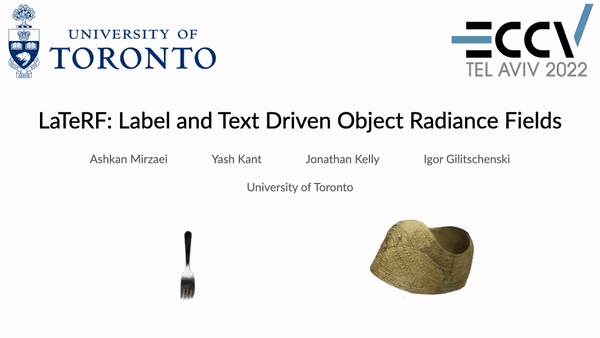
|
Ashkan Mirzaei, Yash Kant, Jonathan Kelly, and Igor Gilitschenski ECCV, 2022 arXiv / code We build a simple method to extract an object from a scene given 2D images, camera poses, a natural language description of the object, and a few annotated pixels of object and background. |
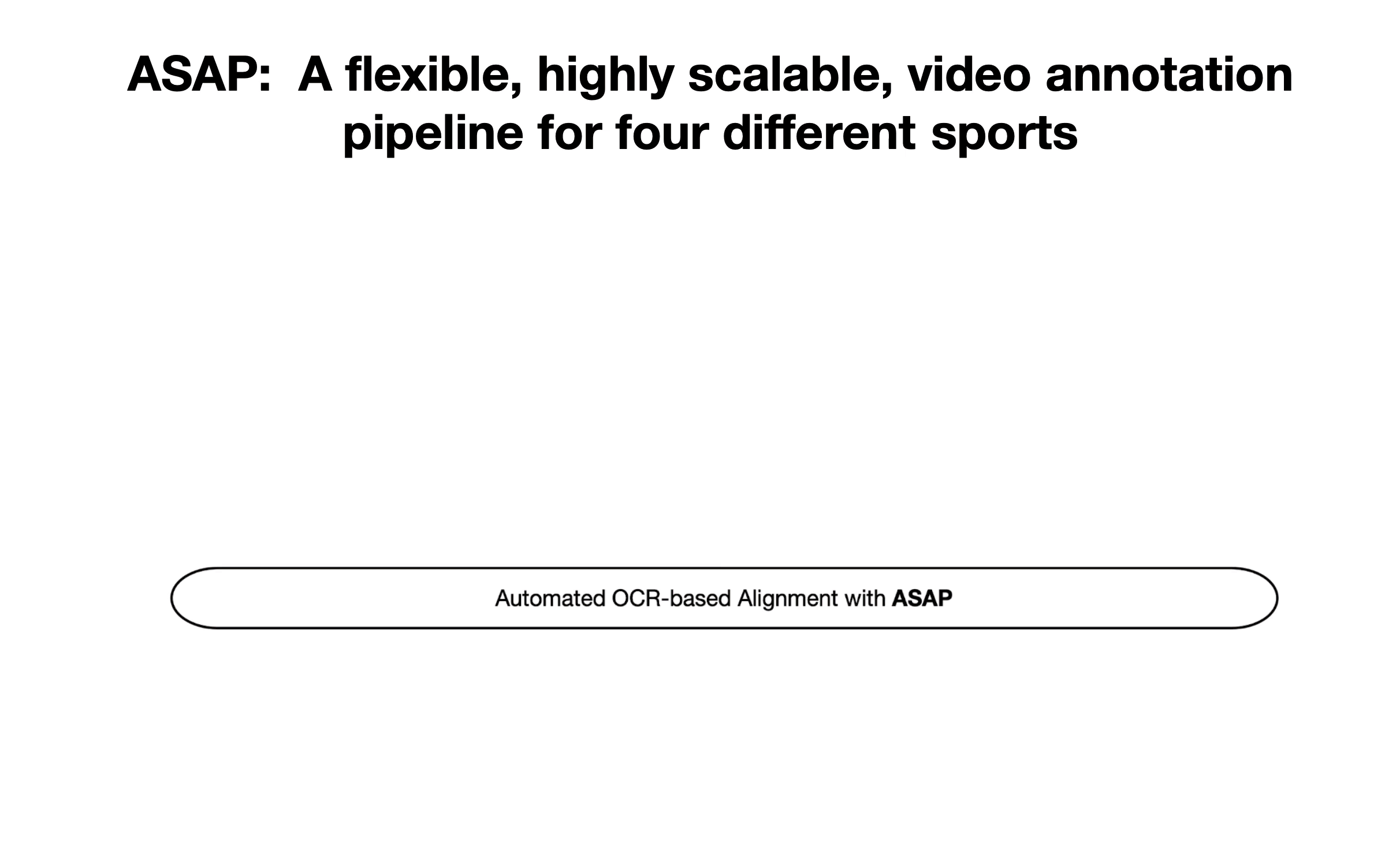
|
Aniket Agarwal^, Alex Zhang^, Karthik Narasimhan, Igor Gilitschenski, Vishvak Murahari*, Yash Kant* arXiv / project page / code We introduce an automated Annotation and Video Stream Alignment Pipeline (abbreviated ASAP) for aligning unlabeled videos of four different sports (Cricket, Football, Basketball, and American Football) with their corresponding dense annotations (commentary) freely available on the web. Our human studies indicate that ASAP can align videos and annotations with high fidelity, precision, and speed! |

|
Yash Kant, Abhinav Moudgil, Dhruv Batra, Devi Parikh, Harsh Agrawal ICCV, 2021 arXiv / project page / code / slides We propose a training scheme which steers VQA models towards answering paraphrased questions consistently, and we ended up beating previous baselines by an absolute 5.8% on consistency metrics without any performance drop! |
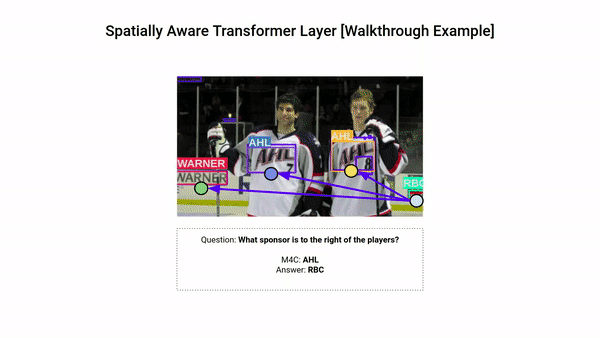
|
Yash Kant, Dhruv Batra, Peter Anderson, Jiasen Lu, Alexander Schwing, Devi Parikh, Harsh Agrawal ECCV, 2020 arXiv / project page / code / short talk / long talk / slides We built a self-attention module to reason over spatial graphs in images. We ended up with an absolute performance improvement of more than 4% on two TextVQA bechmarks! |
|
Borrowed and Modified from Jon Barron. |